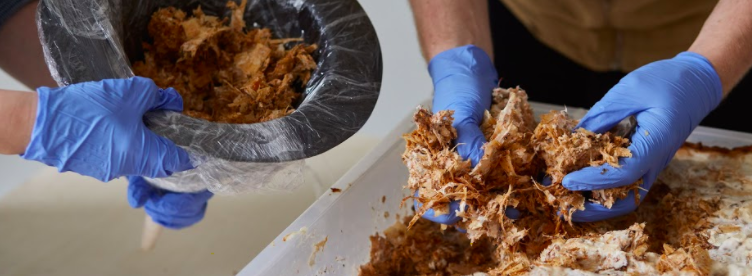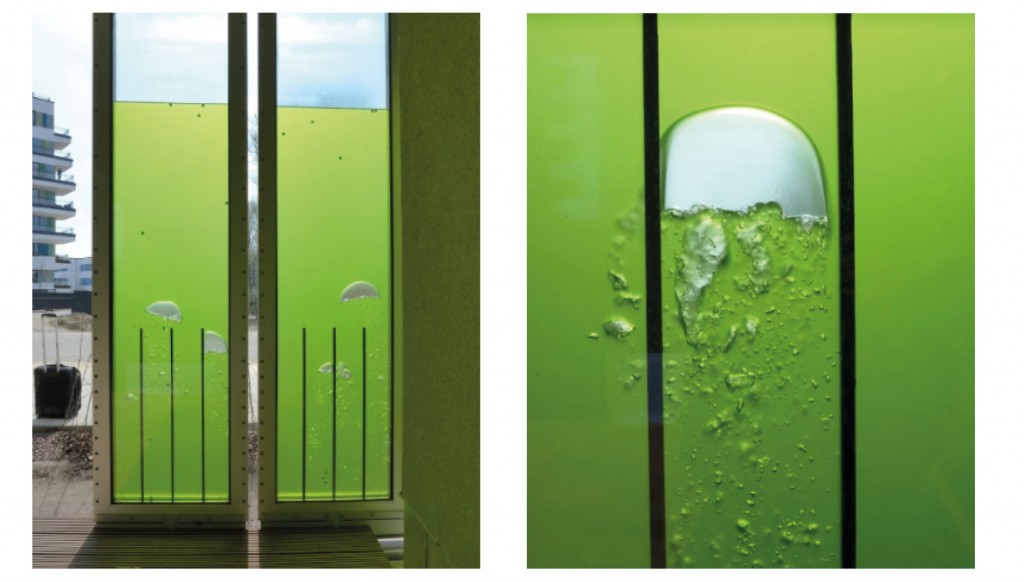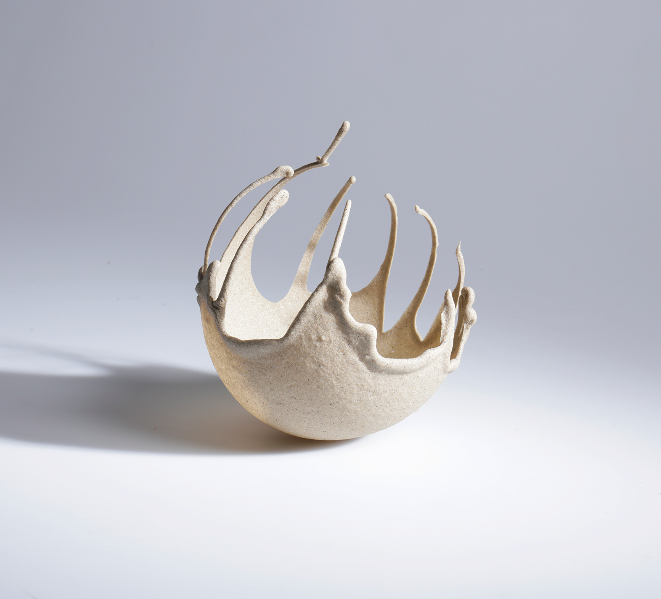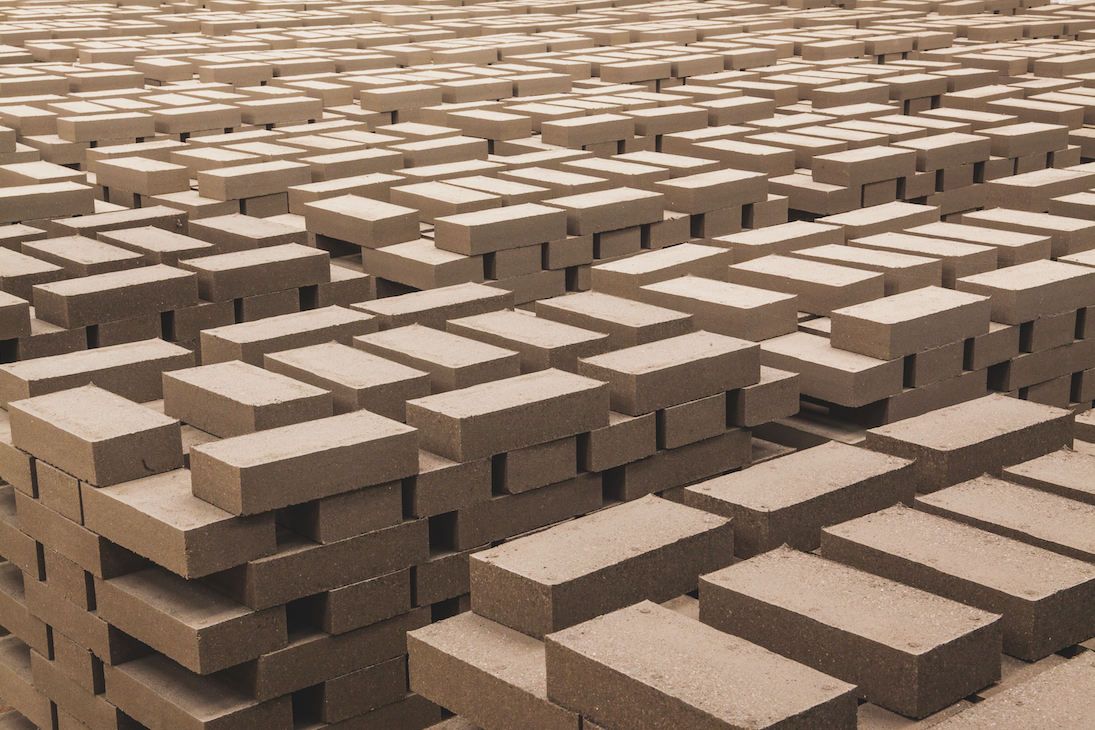Materials of the future, lexicon
Environmental emergency, technological tidal wave, evolving lifestyles: there are many reasons driving the construction industry to develop new materials that will form tomorrow’s architectures. Whether synthesised in laboratories or made from natural resources, the quest is to push all the limits of traditional materials further and further.
As an introduction to its report, AA’s 435th issue features an overview of a few innovations likely to enjoy a bright future. Find the full article in AA ‘s435th issue, dedicated to Matters and Materials, available on our online shop.
Mycelium
In an era of ever more virtuous ecological architectural design, the seductive power of mushrooms has never been so intense. For the last fifteen years or so, engineers and designers have been exploring fungal material as a fabulous natural resource for developing into biodegradable and carbon neutral derivatives. Products of every kind have ‘mushroomed’, like the fungus-based leather marketed by U.S. start-up MycoWorks and the lamps designed by the Dutch brand Krown Design… all made of mould. The fabrication process is simple, utilising the vegetative and filamentous part of the mycelium fungus, which is roughly comparable to plant roots. This easy-to-grow bio-composite material possesses the amazing ability to transform any sort of organic layer into a solid and ultra-compact material. In addition to being light and non-flammable, it also provides excellent acoustical and thermal insulation, with promising applications in a broad range of architectural and interior design products, such as bricks, acoustical panels, flooring, etc.
This inspired the artist and designer Maurizio Montalti to found Mogu, a conceptioninnovation platform on which a range of floor and wall coverings made of mycelium have been marketed since 2019, all alternatives to traditional synthetic polymers. In 2017, the Block Research Group of the ETH Zurich carried these studies further by designing for the Seoul Biennale of architecture and urbanism a fungus-based self-supporting structure dubbed “MycoTree”. Composed of mycelium bricks linked by bamboo strips and metal dowels, the arborescent network offers proof that fungal substances still harbour many surprising structural properties. According to the designers, such a construction could serve as the framework for a two-storey building, provided the design relies on the geometry of the whole rather than on the resistance of the material.
The ‘MycoTree’, a mycelium and bamboo structure designed by the ETH Zurich’s Block Research Group in 2017.
Microalgae
The idea of heating or cooling a building thanks to a façade composed of algae began to take shape in 2013 during the International Building Exhibition (IBA) in Hamburg, Germany, with the Smart BIQ House. Conceived by the Splitterwerk practice with Arup, the building was covered in glass panels containing cultures of microalgae. The micro plants, bathed in nutrient-enriched water, proliferate at high speed through photosynthesis and produce energy. The heat thus generated is stored and then utilised for heating in winter. Conversely, in summer, the skin serves as a sun screen, thereby reducing the need for air-conditioning. In France, practice XTU (Anouk Legendre and Nicolas Desmazières) has been looking into this subject since 2008 and registered its patent later that year.
In 2013, Arup unveiled a bio‑reactive façade generating renewable energy from algae biomass and solar thermal heat.
—
High-performance wood, solid glass, Finite concrete… Check out the rest of this lexicon in AA’s 435th issue — Matters and Materials — available on our online store.







